When it comes to growing plants outdoors, the proper selection of plants can be crucial to the success and satisfaction of those venturing into the gardening world.
For beginners or those who prefer a low-maintenance garden, choosing species that are easy to care for is essential. By doing so, the possibility of facing unnecessary challenges is reduced, and the likelihood of achieving a beautiful and healthy outdoor space is maximized.
Plants that stand out for their resilience and adaptability are perfect allies for those looking to start gardening without excessive complications.
These species often require less attention and are more forgiving of common care mistakes, such as irregular watering or exposure to variable weather conditions.
Moreover, many of these plants are capable of thriving in a wide range of environmental conditions, making them versatile options for different types of gardens and outdoor landscapes.
In this article, we will explore some of these ideal outdoor plants, highlighting their distinctive characteristics and providing practical tips for their care.
From sturdy shrubs to colorful flowers and easy-to-maintain herbaceous plants, we will discover how choosing the right species can make the gardening experience more enjoyable and rewarding for any outdoor green space enthusiast.
So, I invite you to keep reading and discover the Easy plants to grow outdoors
1. Hydrangeas
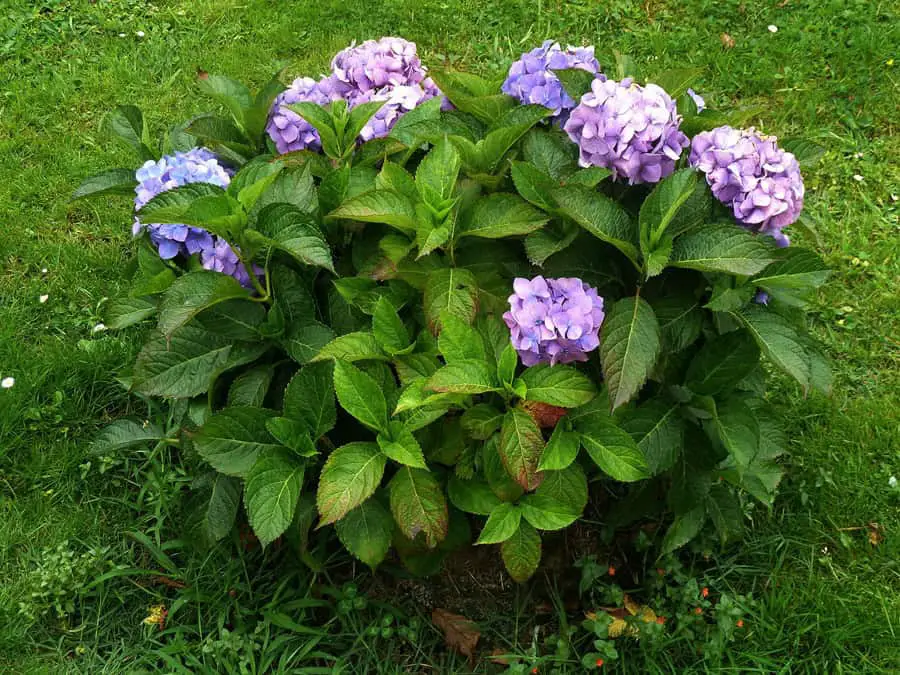
Hydrangeas are ornamental shrubs known for their large, showy inflorescences in various colors such as white, pink, blue, and purple.
They have oval, toothed dark green leaves, with woody and flexible stems. They bloom in spring and summer in rich, slightly acidic soils, requiring basic care like regular watering, occasional fertilization, and pruning after flowering to maintain their shape and encourage new growth.
2. Roses
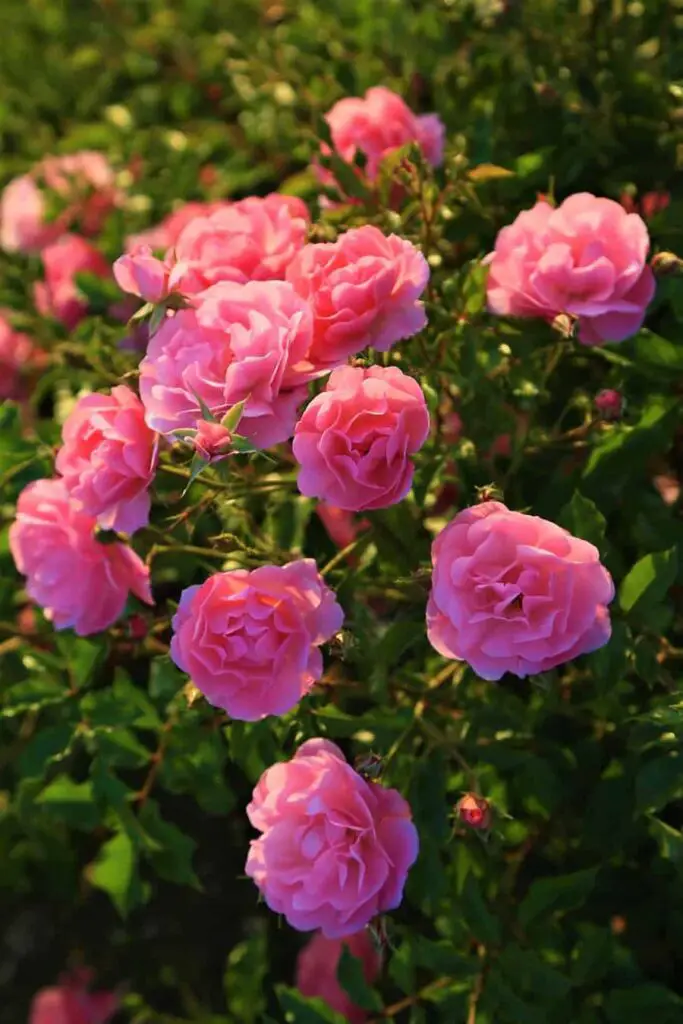
Roses are plants known for their large and elegant flowers that come in a wide range of colors, from white to deep red, including shades of pink, yellow, orange, and lilac.
Their woody stems are adorned with sharp thorns, and their dark green, glossy foliage complements the beauty of the flowers.
The leaves are compound with serrated edges. Roses can have various shapes and sizes, from compact bushes to climbers that cover large areas.
Their fragrance is another distinctive feature, and although they require specific care such as regular watering, fertilization, and proper pruning, the result of having healthy and beautiful roses in the garden is rewarding.
3. Sunflowers

Sunflowers are iconic plants recognized for their large and bright flowers that follow the sun’s trajectory during the day.
Their composite flowers have a dark center surrounded by yellow petals that can vary in shade from golden yellow to intense yellow. Sunflower stems are sturdy and can grow to impressive heights, with large, toothed green leaves.
They have an upright growth habit and are often quite resilient, adapting well to various types of soils and climatic conditions. Additionally, sunflowers are attractive to pollinators such as bees and add a vibrant and cheerful touch to any garden or outdoor landscape.
4. Viola × wittrockiana
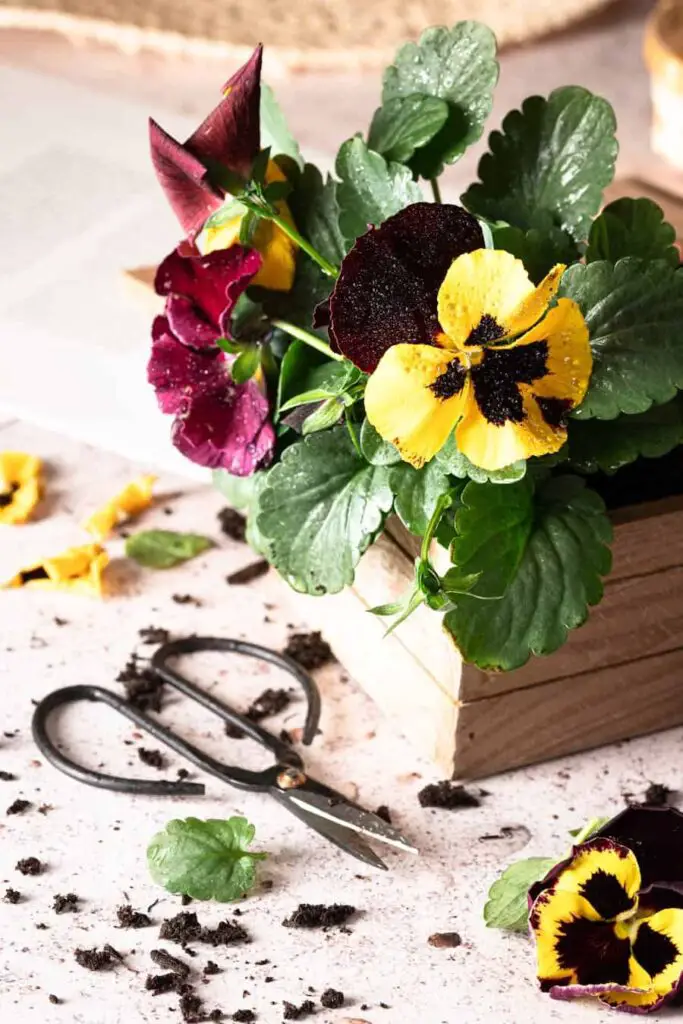
Viola × wittrockiana, commonly known as “pansy,” is a perennial herbaceous plant appreciated for its attractive and colorful flowers.
These flowers have rounded petals often with striking color patterns such as violet, white, yellow, orange, and intermediate shades.
The leaves of Viola × wittrockiana are oval and toothed, with an intense green color that enhances the vibrancy of the flowers.
They are compact plants with a low growth habit, ideal for borders, pots, or ground cover. Viola × wittrockiana is known for its resilience and prolonged flowering, making it a popular choice to add color and joy to any garden or outdoor space.
5. Tomatoes
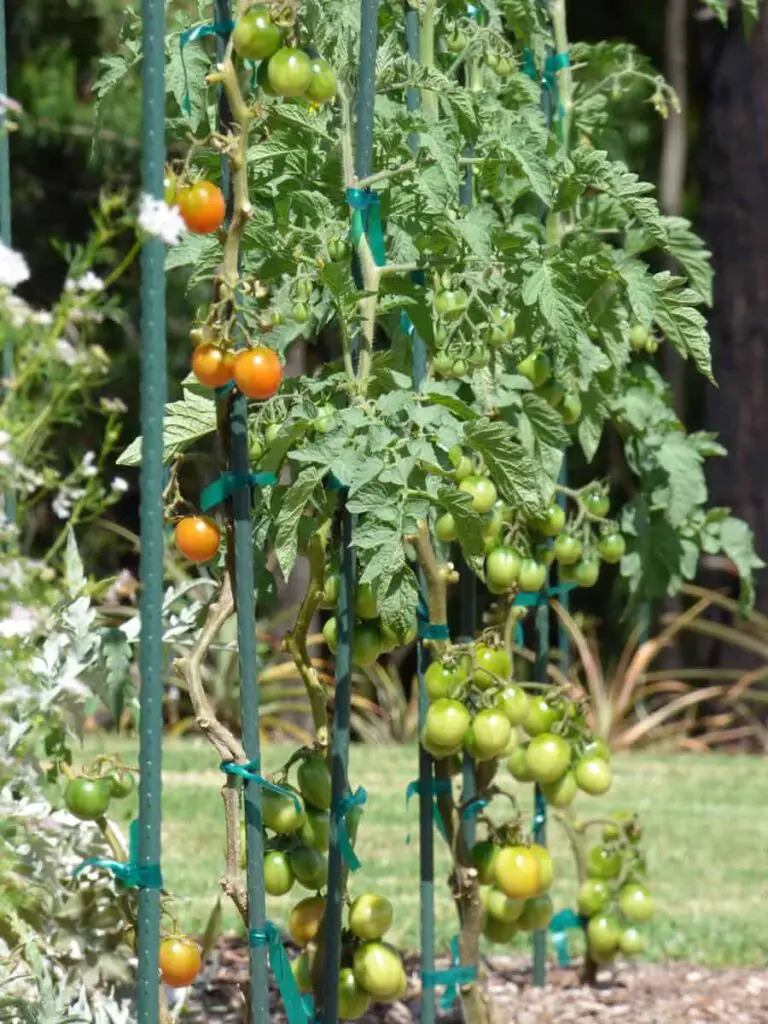
If you want a plant you can eat, I recommend growing tomatoes. Solanum lycopersicum (tomatoes) are annual crops belonging to the Solanaceae family, known for their edible fruits with great culinary versatility.
The physical characteristics of tomatoes vary depending on the variety, but generally, they have green, flexible stems that can become woody as they mature. The leaves are compound and intensely green, with serrated edges. Tomato flowers are small and yellow, clustered in inflorescences.
The fruits, which can be round, elongated, or pear-shaped depending on the variety, change color as they ripen, transitioning from green to yellow, orange, red, or even purple in some cases.
Tomatoes are appreciated for their juicy and succulent flavor, used in a wide variety of dishes from salads to sauces and stews.
6. Peppers
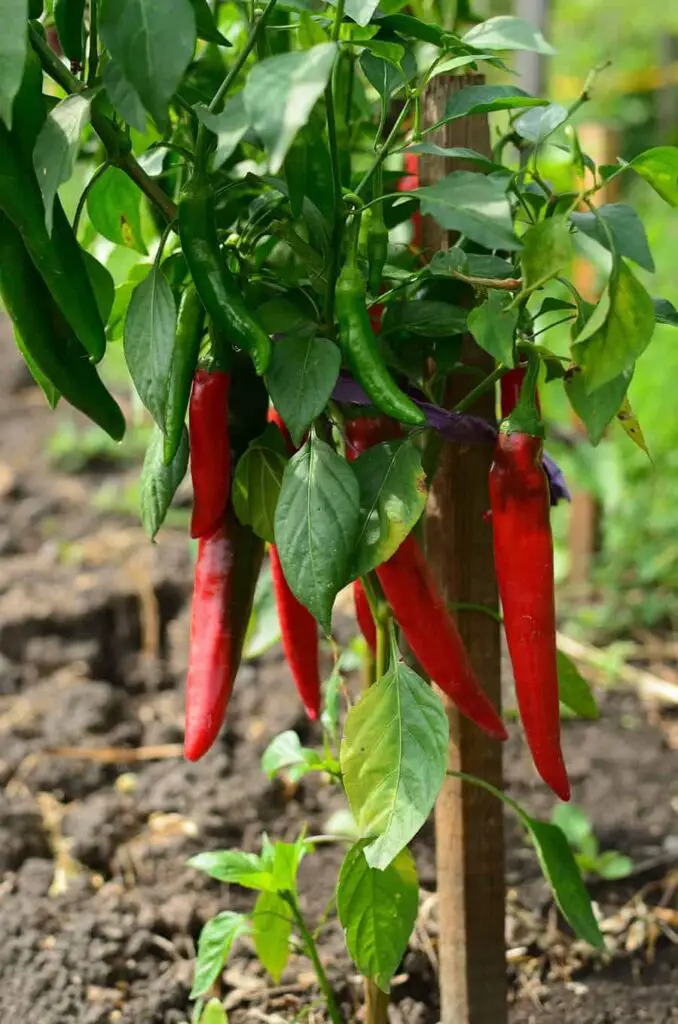
Another edible and easy-to-grow plant is peppers, also known as chili peppers or chilies. They are plants belonging to the Solanaceae family and are appreciated for their edible fruits that vary in flavor and spiciness.
The physical characteristics of peppers include green and woody stems that can be erect or branched, depending on the variety. The leaves are simple, dark green, and may have serrated or smooth edges.
Pepper flowers are small, white, or creamy in color, and they cluster in inflorescences that later develop into fruits. These fruits can have various shapes, from rounded to elongated, and colors ranging from green to yellow, orange, red, and even purple in some varieties.
The spiciness level also varies depending on the variety, ranging from mild and sweet to very hot.
Peppers are widely used in cooking to add flavor and color to a variety of dishes, including salads, stews, sauces, and seasonings.
7. Petunias
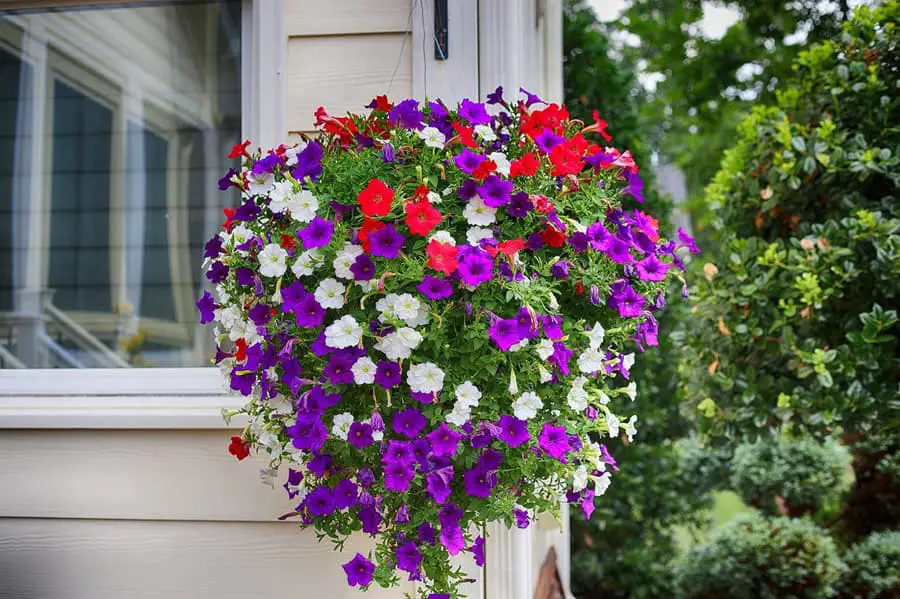
Petunias are annual or perennial herbaceous plants filled with attractive and abundant flowers. Their physical characteristics include green, flexible stems that can branch out as they grow, with simple, oval-shaped, dark green leaves.
Petunia flowers are trumpet-shaped and come in a wide range of colors such as white, pink, red, purple, blue, and color blends.
Some varieties also have flowers with edges or markings of another color, adding extra appeal.
Petunias are compact plants that grow in clumps and can cascade in hanging pots or cover the ground.
They are resilient plants that bloom abundantly during spring, summer, and sometimes into fall, attracting pollinators like bees and butterflies.
Their ease of cultivation and wide availability in the market make them a popular choice for decorating gardens, balconies, and outdoor spaces with their beautiful and vibrant flowers.
8. Zinnias
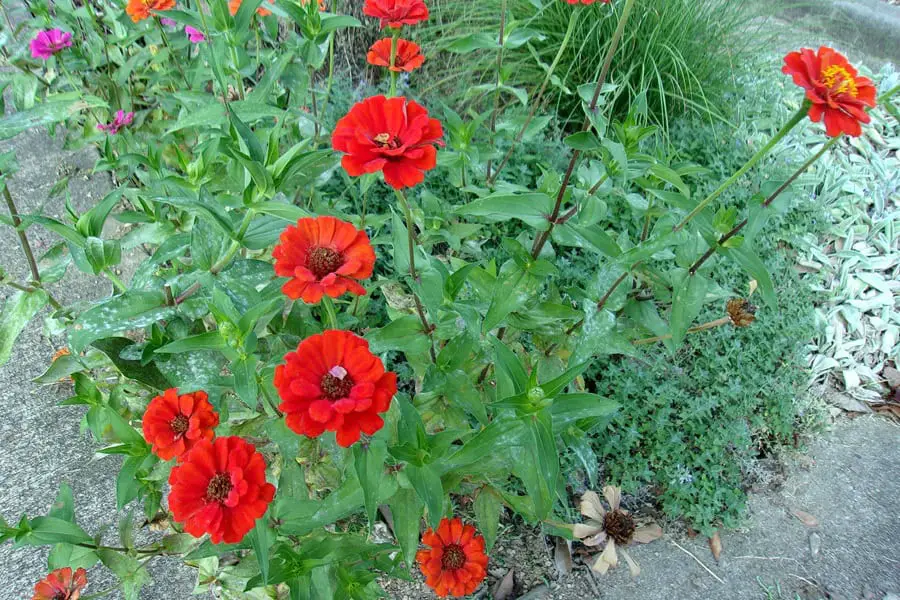
Zinnias are annual herbaceous plants known for their vibrant and striking flowers. They have erect stems, usually branched, that can grow from a few centimeters to over a meter tall, depending on the variety. Zinnias’ leaves are opposite, lanceolate or elliptical, dark green in color, with toothed or smooth edges. The flowers are their most outstanding feature, showcasing a wide variety of colors ranging from white, yellow, and orange to pink, red, purple, and bicolor combinations. Zinnia flowers can be single or double, with petals arranged in layers that create a pompon or crest effect. These plants bloom profusely during the summer and early autumn, attracting pollinators such as bees and butterflies. Zinnias are easy to grow and are ideal for adding color and joy to gardens, flower beds, and floral arrangements.
9. Peppermint
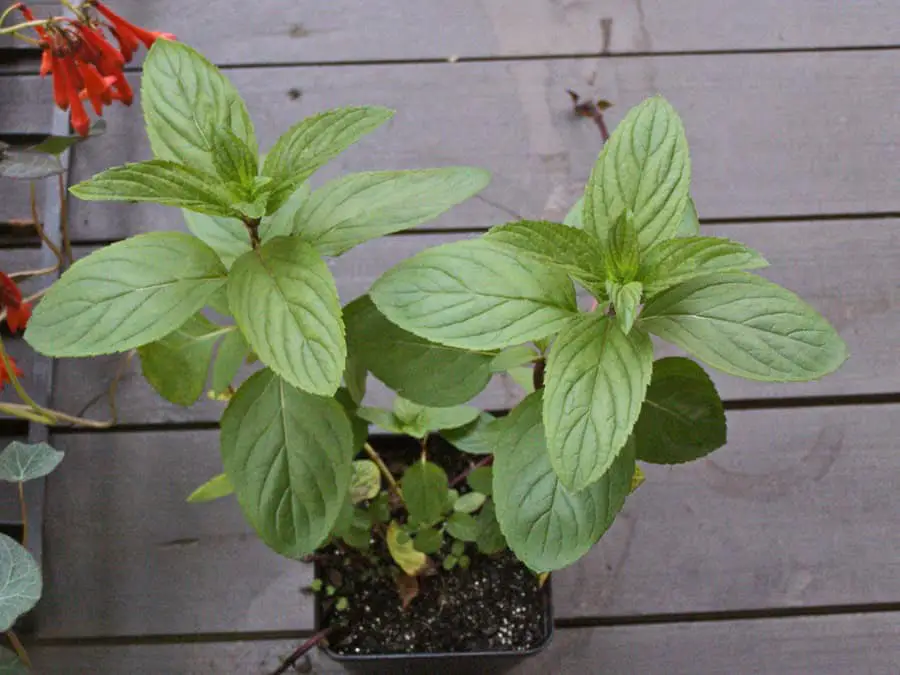
Peppermint, also known as Mentha piperita or pepper mint, is a perennial herbaceous plant known for its refreshing aroma and medicinal properties.
It has square, hairy stems that can grow to heights of about 30 to 90 centimeters.
Its leaves are opposite, oval-shaped, dark green with a slightly serrated edge, and have an intense minty aroma when crushed.
Peppermint flowers are small, white, or pale purple and are clustered in spikes at the tips of the stems. This plant is easily recognizable by its characteristic fragrance and flavor, which come from the essential oils present in its leaves and stems.
Peppermint is widely used in cooking to flavor dishes and is also used in traditional medicine and herbalism for its digestive, refreshing, and soothing properties. It is a vigorous plant that spreads easily, so it’s recommended to contain it when growing to prevent it from becoming invasive.
Conclusion
Cultivating plants outdoors can be a rewarding and relaxing experience, especially when choosing species that are easy to care for.
The right selection of resilient and adaptable plants can make the difference between a thriving, healthy garden and one that requires too much effort and attention.
By opting for species that suit our local environmental conditions, our tastes, and our level of gardening experience, we can create beautiful outdoor spaces and enjoy natural beauty without excessive worry. With a practical and mindful approach to plant selection, we can turn any outdoor area into a green oasis that brings joy and serenity to our days.